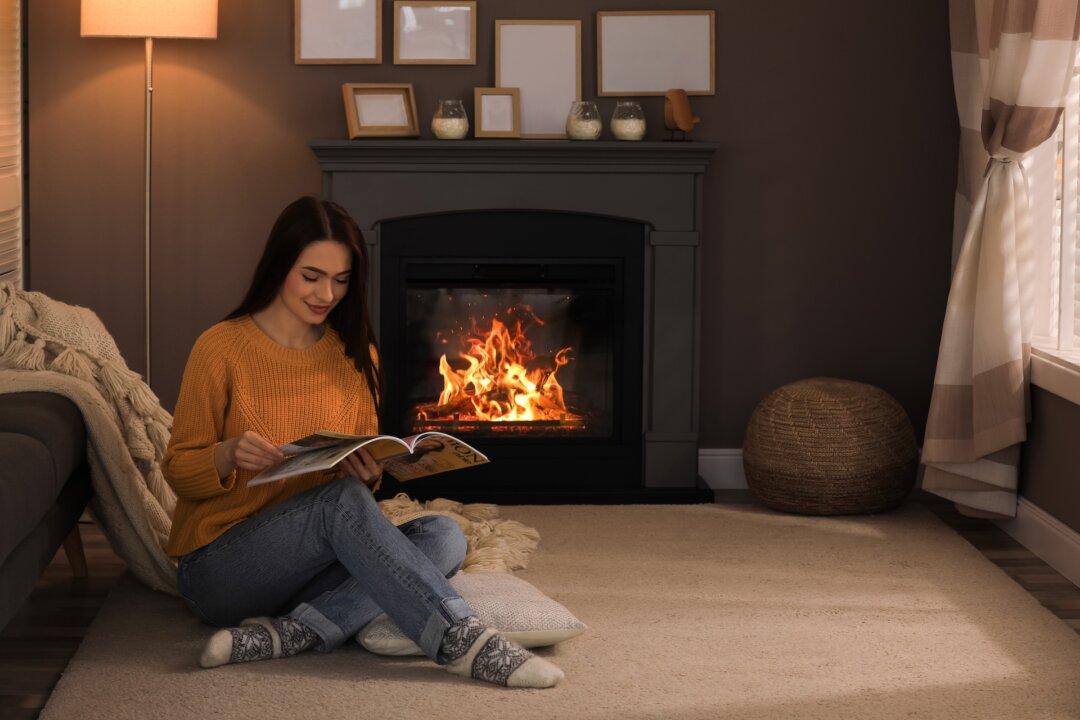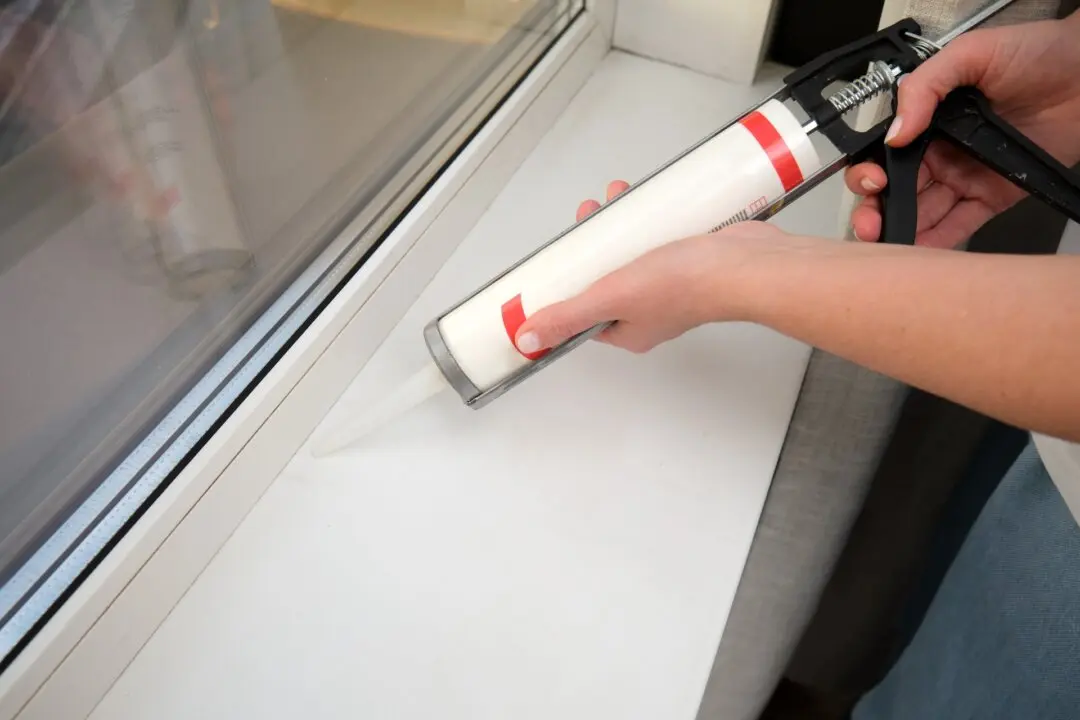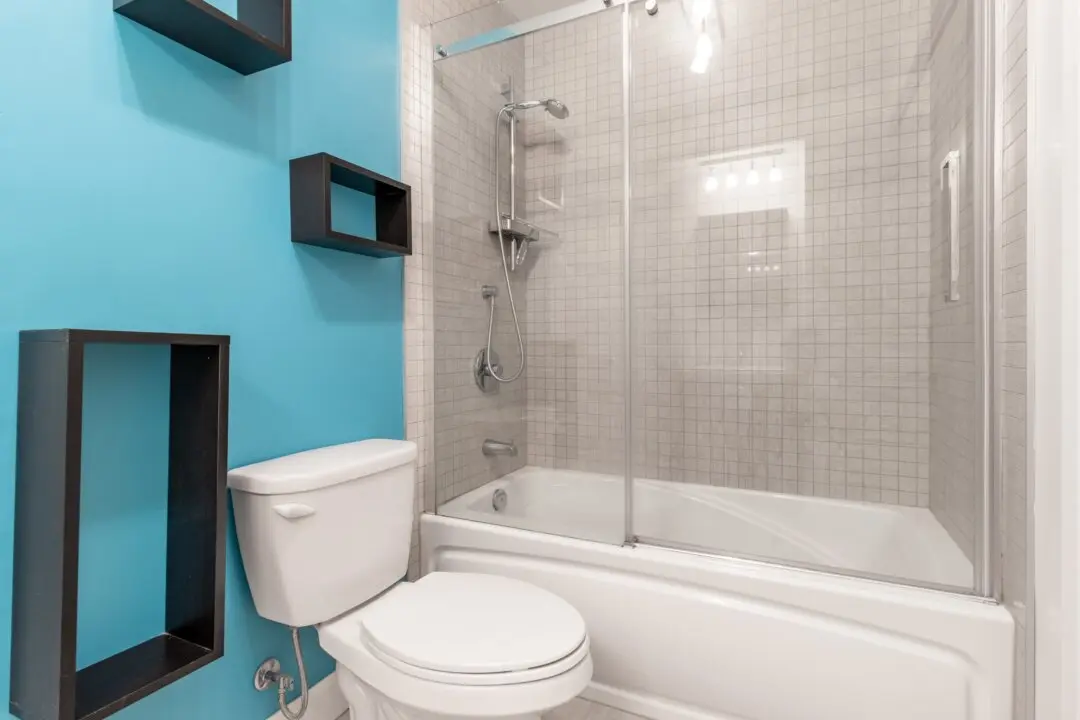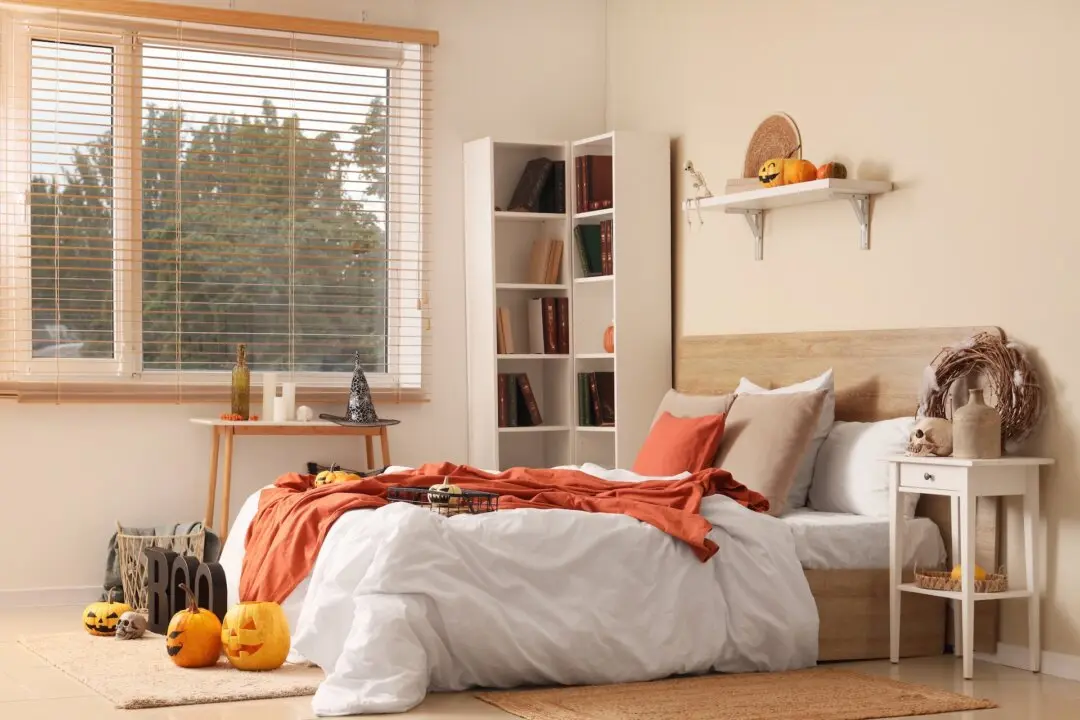Dear James: My fireplace does not draw well, and the room gets smoky sometimes. I am adding another fireplace. What construction tips are important so the flue draws better?—Tyler F.
Dear Tyler: Your smoking wood-burning fireplace in your living room unfortunately is a very common problem. Once a room has filled with smoke from a fireplace, it is difficult to ever completely eliminate the smoky smell on humid days.





